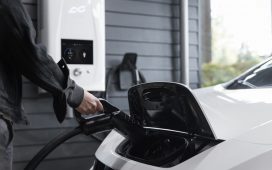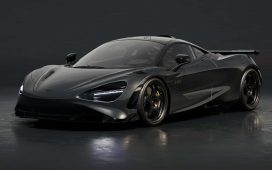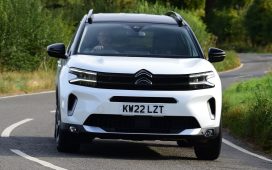“A new car should take a little bit of time; if you like it immediately, it loses the excitement relatively quickly,” said Walliser. “If it needs a little bit of time to get familiar with it from different angles, and after a year you are still excited to see different things, then it went right.”
Although described as a bigger step than previous new models from the brand, the “first part of the transition of Bentley” won’t be a complete reinvention. He continued: “People should recognise the Bentley behind it; it should make steps, but keep the DNA so you recognise some of the elements of Bentleys you have seen in the past.”
While Bentley will use a PPE platform for its EV, it will attempt to create a different driving experience from other VW Group models using the same architecture, such as the Cayenne EV.
“I think that a big part of the transition to the electric drivetrain is to keep the characters of the cars; maybe have an interpretation, but keep the DNA of the cars,” said Walliser. “The good thing is that in an [electric] Bentley, the wave of torque will always be there. But to make this a driver’s car, to give the proper feeling in the car, that will all come.”
Walliser said the new car’s styling direction will be adopted by the replacements for the existing Bentayga, Flying Spur and Continental GT as they are introduced later in the decade, and the electric model will also see the arrival of a new, more tech-laden interior. Bentley’s boss revealed that the cabin will be a big step forward in terms of the driver interface and “everything you can see and touch”. There won’t be a complete purge on buttons, although a new touchscreen system will allow more tech to be packaged.











